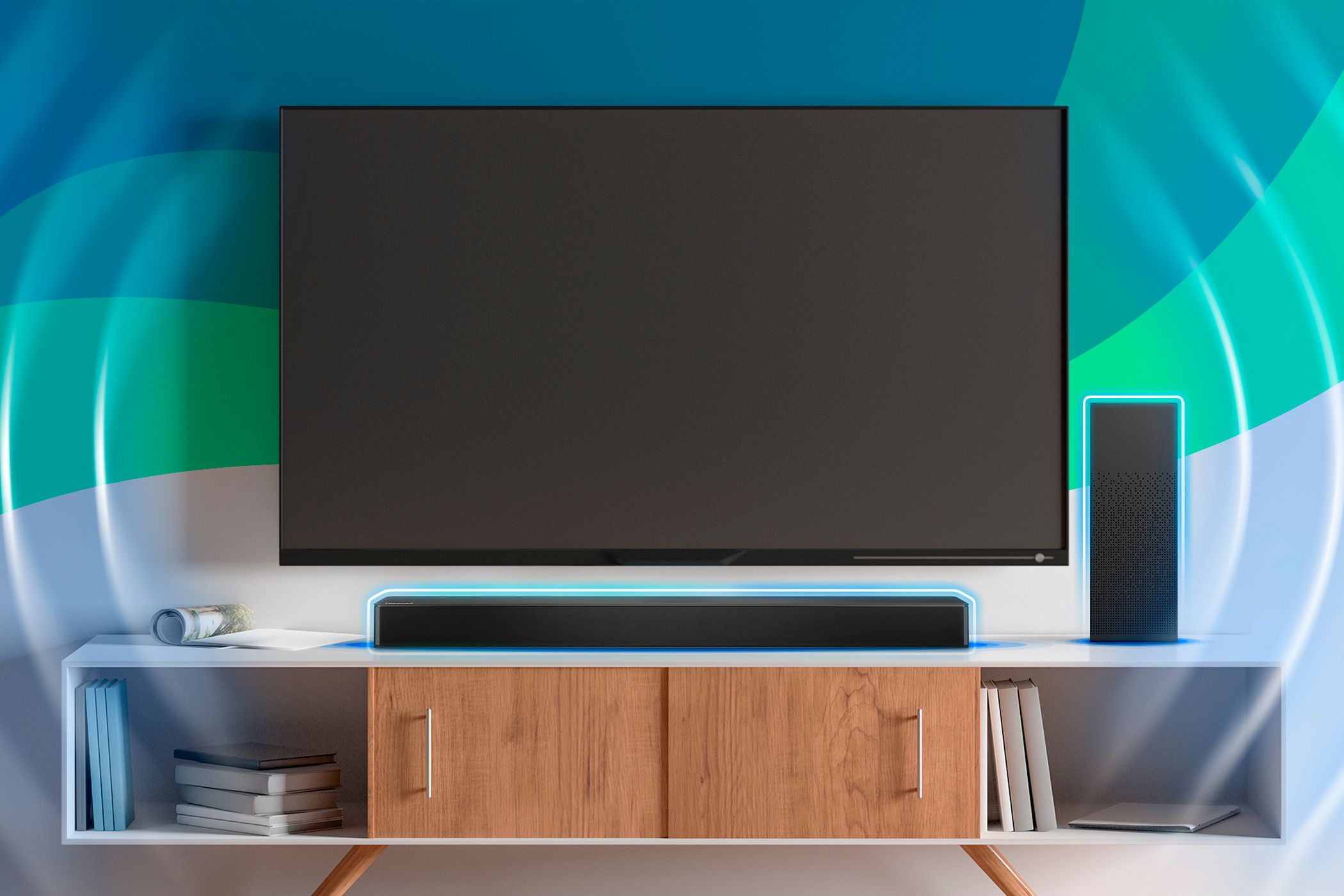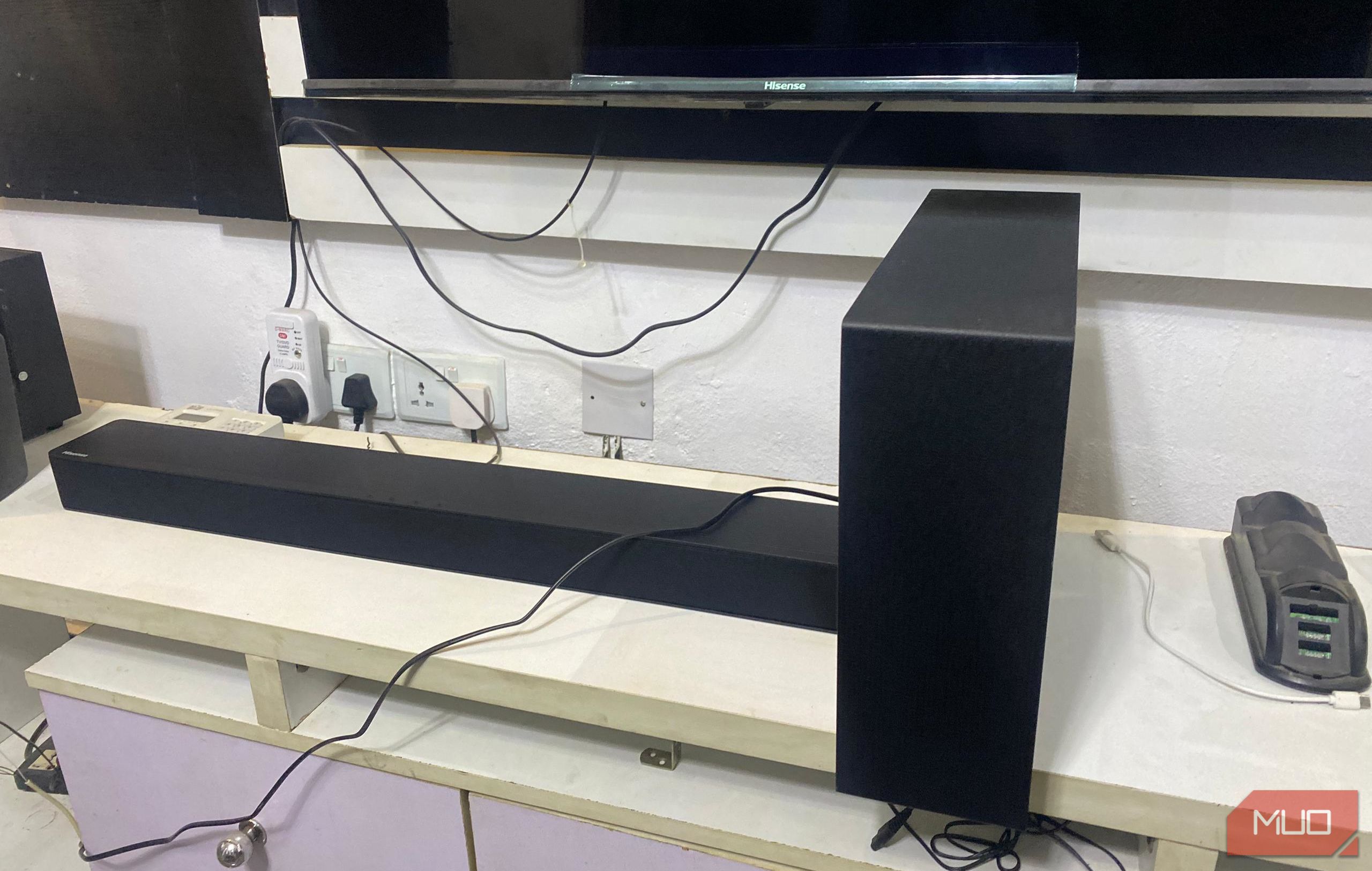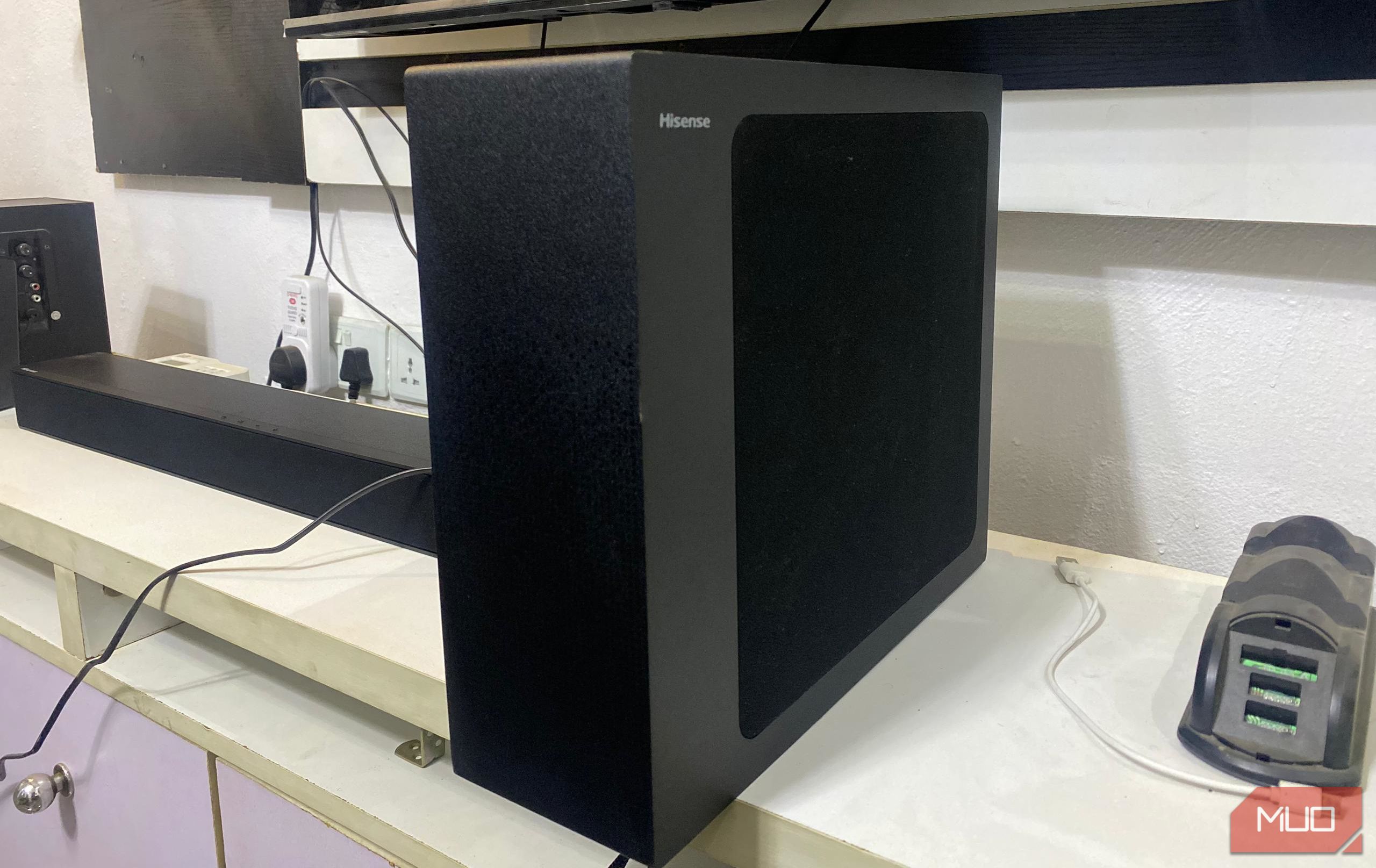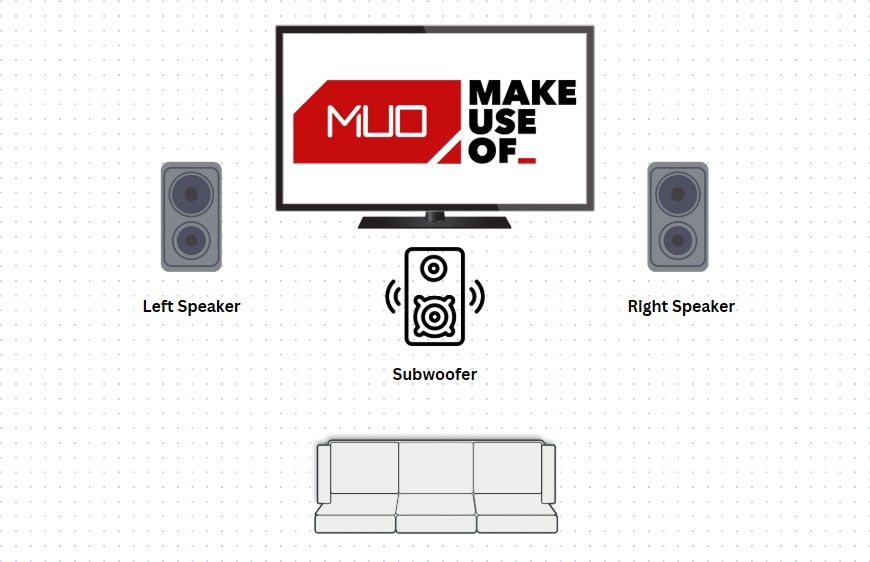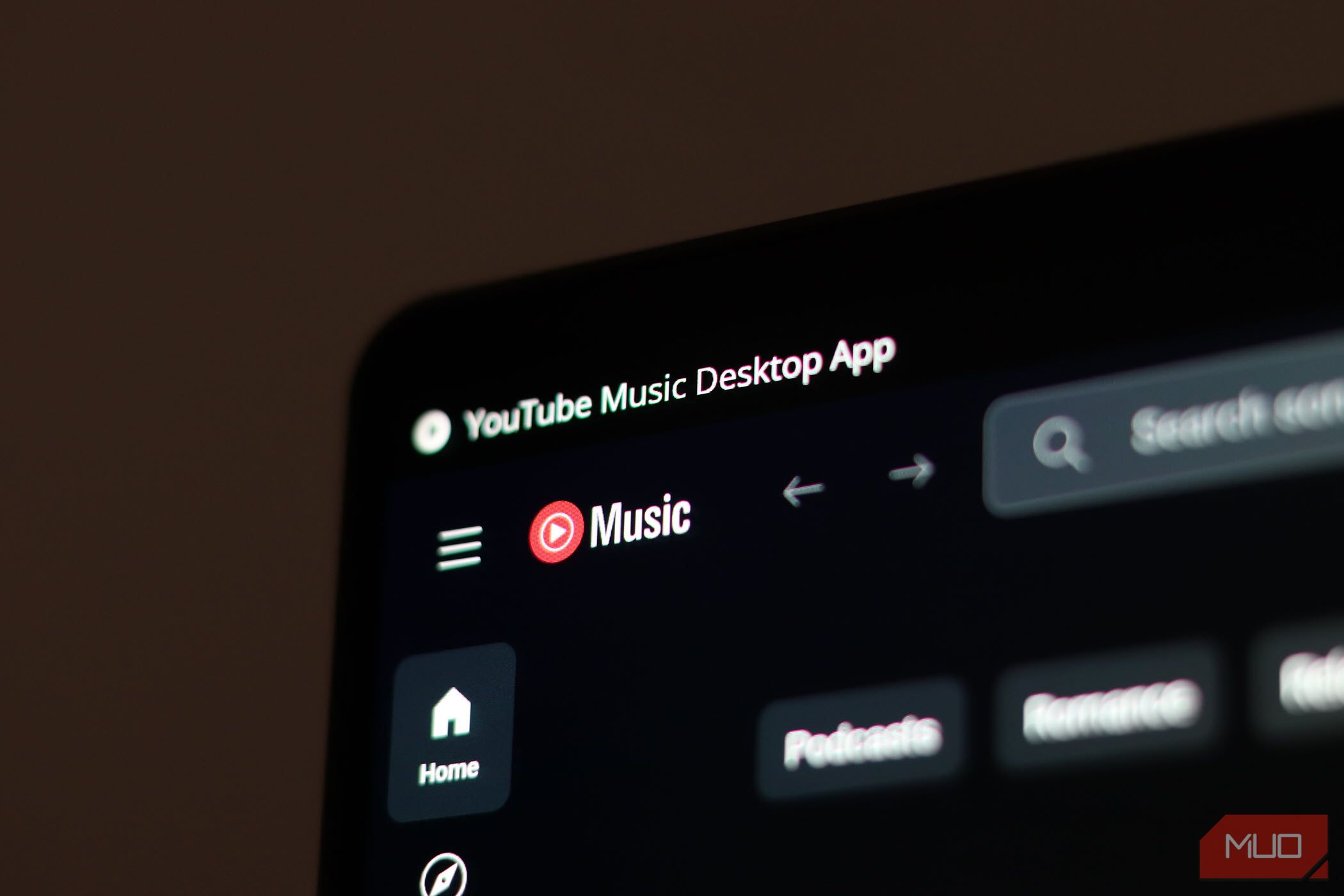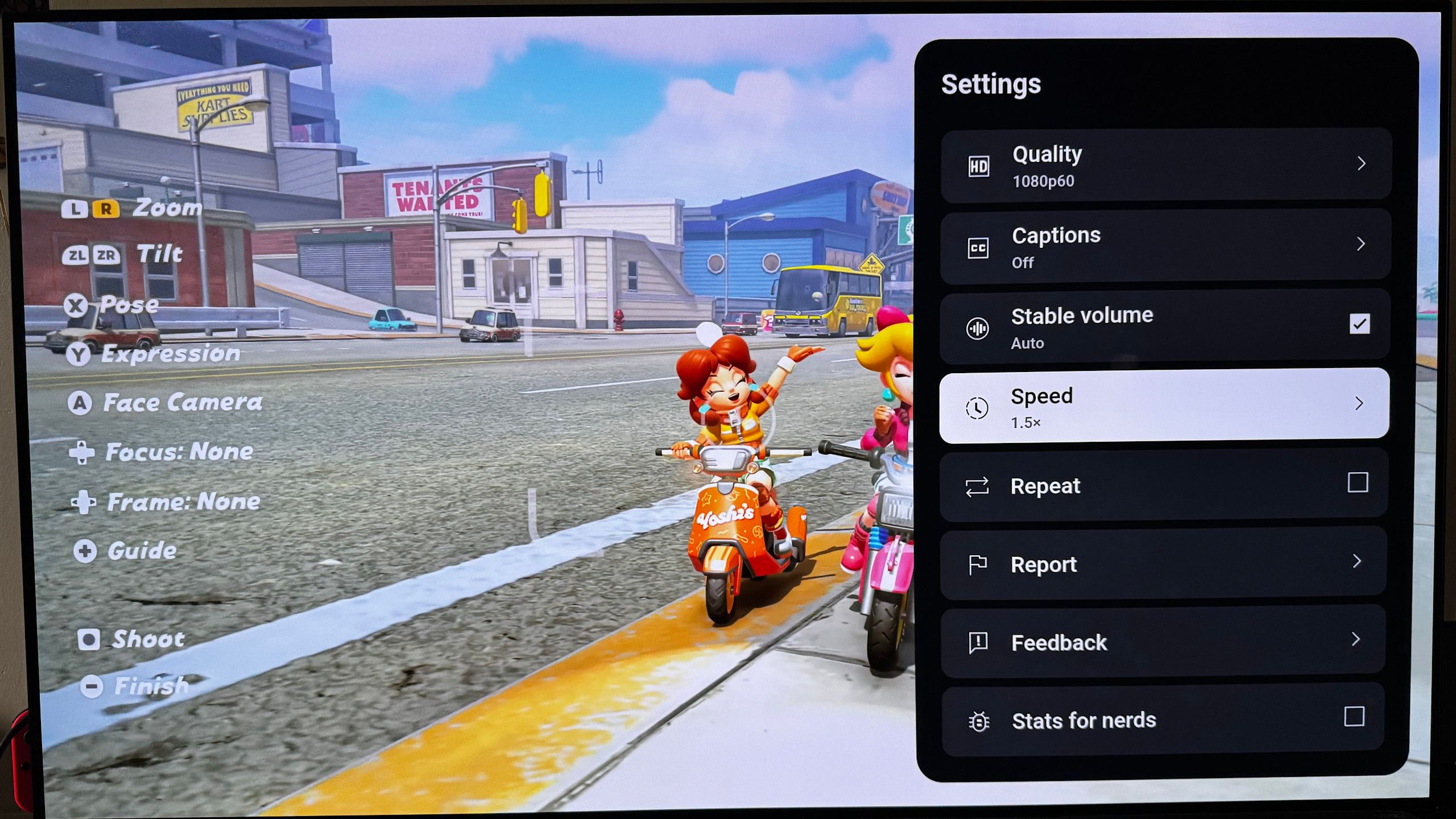My TV speakers are… fine. They get the job done, but fine isn’t thrilling when watching an epic action scene or a good concert.
I needed better sound without emptying my wallet. I decided to take the plunge on a budget soundbar—and it was totally worth the risk.
Premium Sound Doesn’t Have to Come with a Premium Price Tag
Reading through audiophile discussions on Reddit gives the impression that good sound automatically translates to big money. Every search seemed to push me toward soundbars priced at $300, $500, or even higher.
On one of those days of searching, I stumbled upon the Hisense HS2100 soundbar. For less than $150, it seemed too good to be true, but I took the plunge. The soundbar even came with a wireless subwoofer, which I didn’t think I’d get at this price point.
The Setup Process Was Simple
I was half-expecting the Hisense HS2100 soundbar to come with a novel-length manual, a bunch of wires I wouldn’t know what to do with, and a headache by the end of it all. Instead, it was surprisingly straightforward—dare I say, even enjoyable.
First off, everything I needed came in the box: the soundbar, a wireless subwoofer, HDMI and optical cables, a remote with batteries, and a wall mount kit. I was surprised to find an optical cable missing from the box, but that didn’t matter much, considering that I was unlikely to use it. Well, all I had to do was just unpack and plug in, and I was good to go. I started by placing the soundbar under my TV and the subwoofer by the couch. And since the subwoofer is wireless, I didn’t have to worry about stringing cables across the living room.
Connecting the soundbar to my TV was equally painless. I used the HDMI ARC port because it’s the simplest and offers the best sound quality, but the Hisense HS2100 also supports optical, AUX, and USB inputs. For those who love wireless, it also comes with Bluetooth 5.3, one of the latest Bluetooth standards. As one of the most up-to-date Bluetooth standards, it’s great for streaming music and video directly from your phone or TV.
As soon as I powered it on, the subwoofer automatically paired with the soundbar. I was already kicked back on the couch, remote in hand, ready to enjoy my upgraded audio experience.
The Sound Quality Surpassed My Expectations
Turning on my TV, the first thing I did was watch The Ministry Of Ungentlemanly Warfare movie. With the soundbar, I noticed details I was sure my TV speakers missed. The bass from the wireless subwoofer added depth to the explosions, making them feel satisfyingly punchy without being overpowering. It wasn’t the kind of bass that shakes your walls and makes your neighbors hate you, but it was enough to feel immersive.
Dialogue was another surprise. On my TV’s built-in speakers, I used to constantly rewind scenes because I couldn’t make out what characters were saying over the background noise. With the soundbar, I didn’t have that problem. Voices were crisp and distinct, even in the middle of chaotic action scenes. The soundbar also has a News mode (out of several modes), specifically enhancing voices. And while I didn’t use it much for movies, it’s a lifesaver for catching every word during fast-paced conversations in shows or news broadcasts.
Another feature that blew me away was how spacious the sound felt with the soundbar’s DTS Virtual: X technology. Even though it’s a 2.1-channel system (two speakers in the soundbar and a subwoofer), the audio doesn’t feel like it’s just coming from a single bar sitting under my TV. It spreads out nicely across the room, giving the illusion of a much larger soundstage. Watching a movie with this setup feels less like sitting in front of a screen and more like being in the middle of the action. It’s not quite what I’d call a full surround sound, but it’s close enough that I don’t feel like I’m missing out.
To really put it through its paces, I switched from movies to music. I’m a fan of everything from laid-back acoustic playlists to bass-heavy pop hits, and the HS2100 handled it all with ease. The highs were bright without being shrill, the mids were balanced and warm, and the bass—oh, the bass. It was everything I wanted.
I Didn’t Need Fancy Soundbar Features I’d Never Use Anyway
Multi-room audio this, 7.1 surround that, virtual assistants, voice control, app integration, and everything else in-between—there’s a soundbar that promises it. But I didn’t need my soundbar to summon Alexa, project sound into the stratosphere, or shake the walls like I was hosting a concert. I just wanted my TV to sound better without needing a degree in audio engineering or a fat wallet to set it up.
Many higher-end soundbars come packed with features you might never actually use. For instance, some offer room calibration, which sounds impressive, but unless you live in a cathedral or a glass cube, how much difference does it really make? And do I really need my soundbar to connect to Wi-Fi so it can stream music when I can connect to my phone’s Bluetooth speaker for that? Probably not.
Here’s an analogy that explains my thought process in my purchase decision: buying a soundbar is a bit like buying a car. Sure, you could go for the luxury model with heated seats, a panoramic sunroof, and crazy 0–60 capabilities you’ll never use in your daily commute. But if all you really need is a reliable ride to get you from point A to point B, why not save yourself some cash and skip all the unnecessary frills?
In my case, the budget soundbar I chose was exactly what I needed: simple, no-nonsense, and surprisingly effective. It didn’t have 15 inputs I’d never use or confusing settings I’d have to Google every time I touched the remote. Instead, it had a USB port for quick music playout from a flash drive, a straightforward HDMI cable connection for my TV, and a remote with, I kid you not, just about 17 buttons. Which is fair enough, I think.
So, my budget soundbar proved that you don’t need to spend a fortune to upgrade your home sound experience. Sure, it might not have all the bells and whistles of pricier options like the Sonos Ultra Arc or even a full-blown surround sound system, but it delivers where it matters most. Solid sound quality, easy setup, and value for the money, that is.






